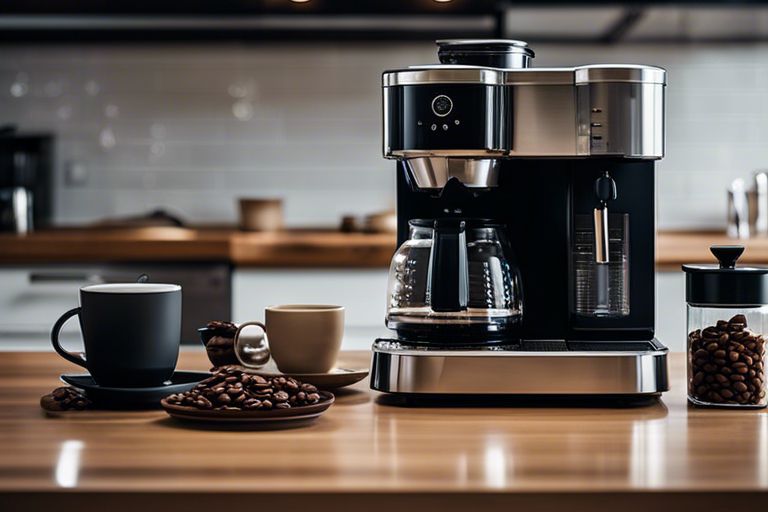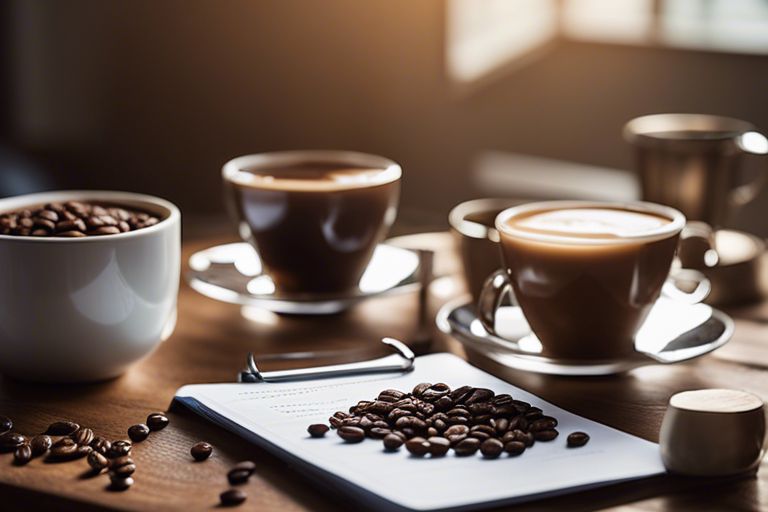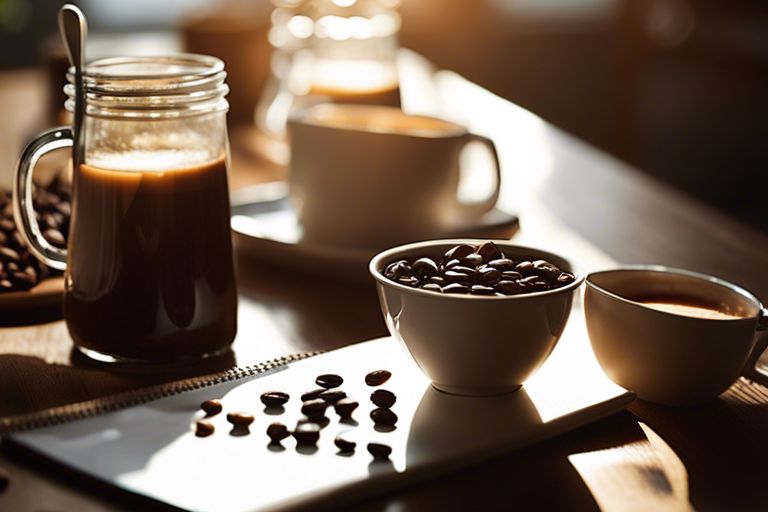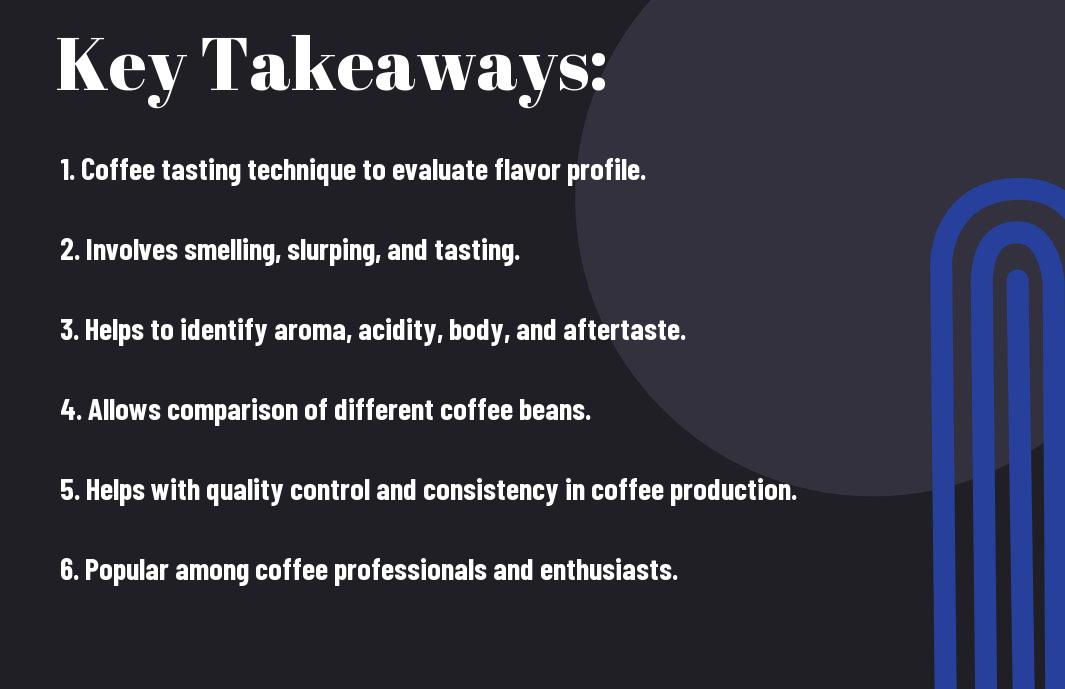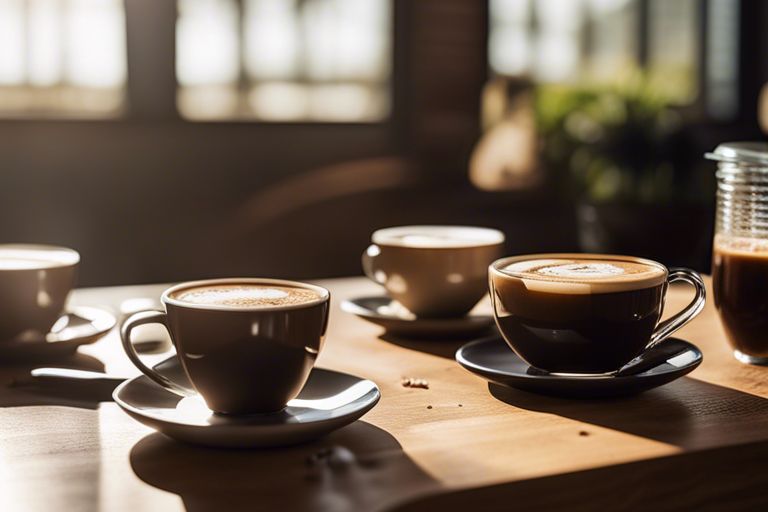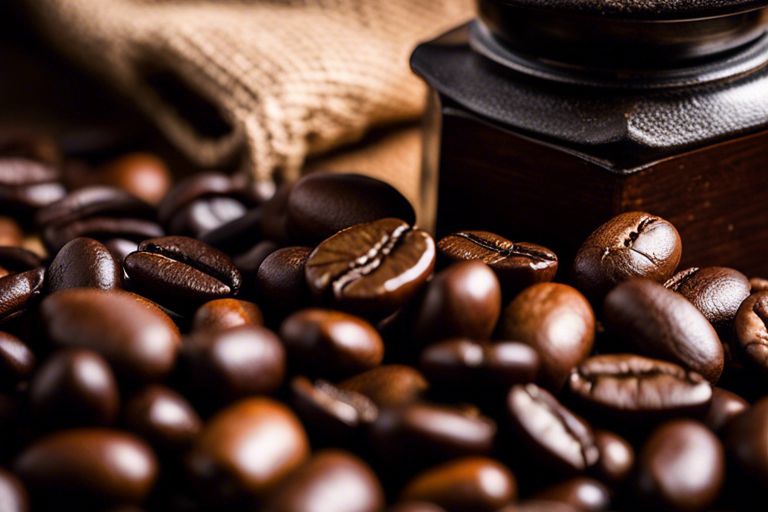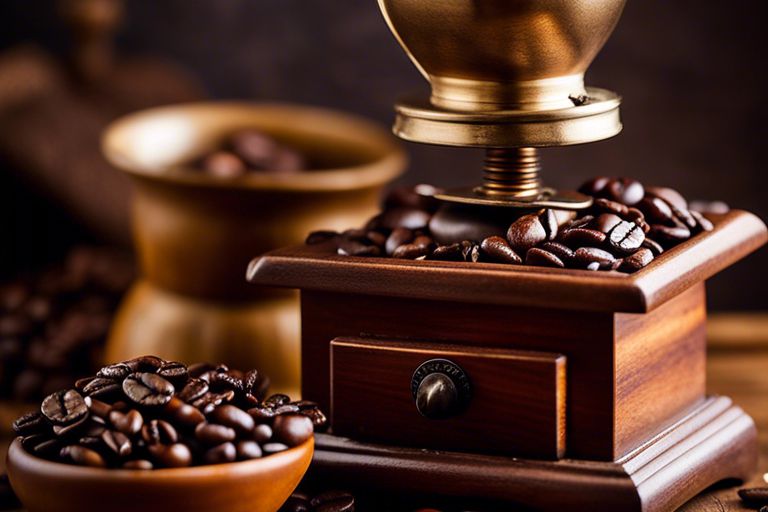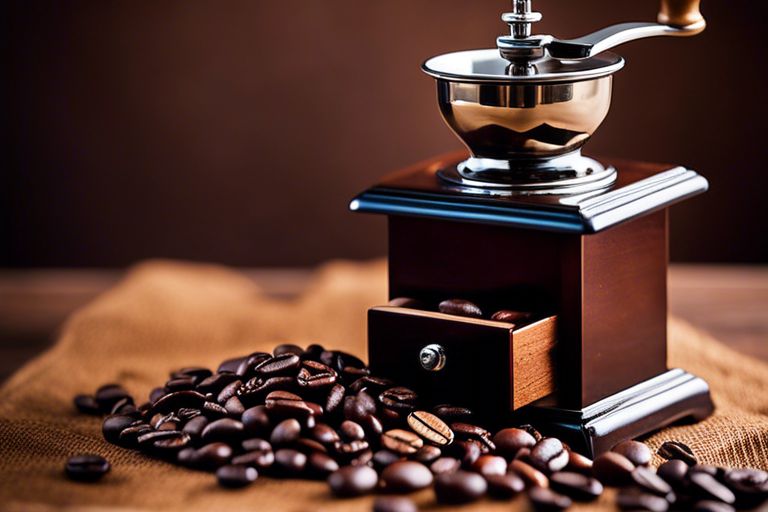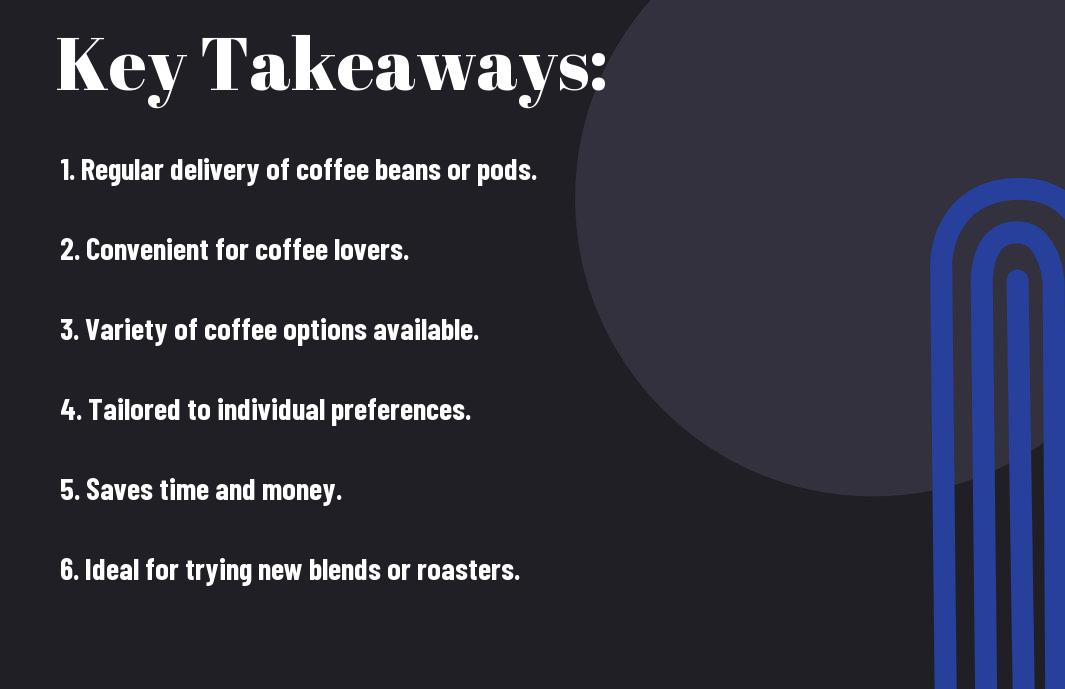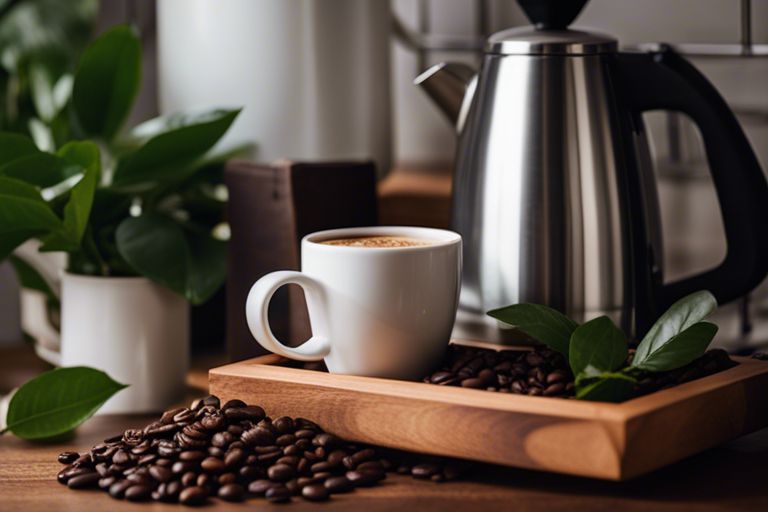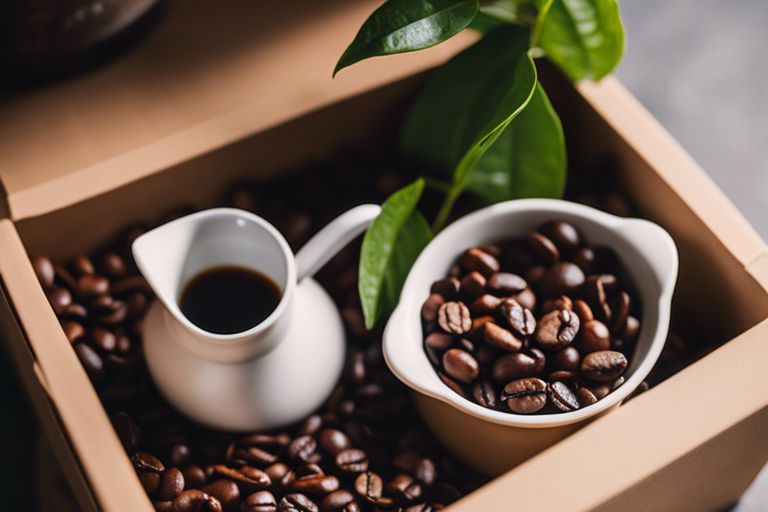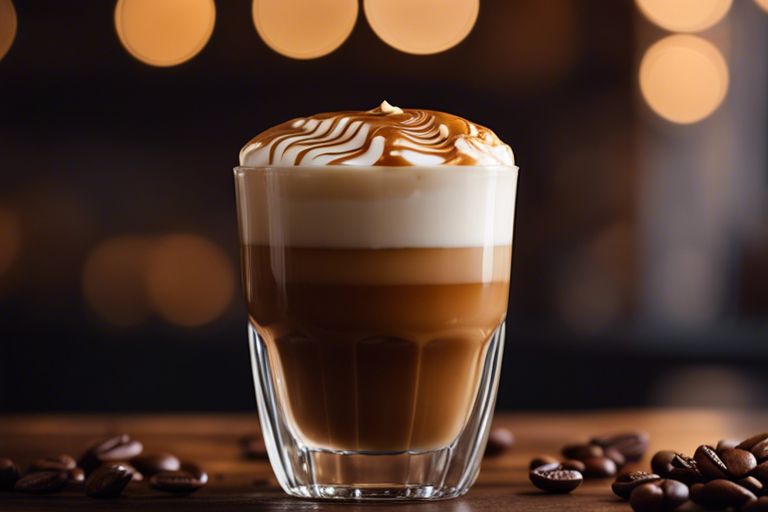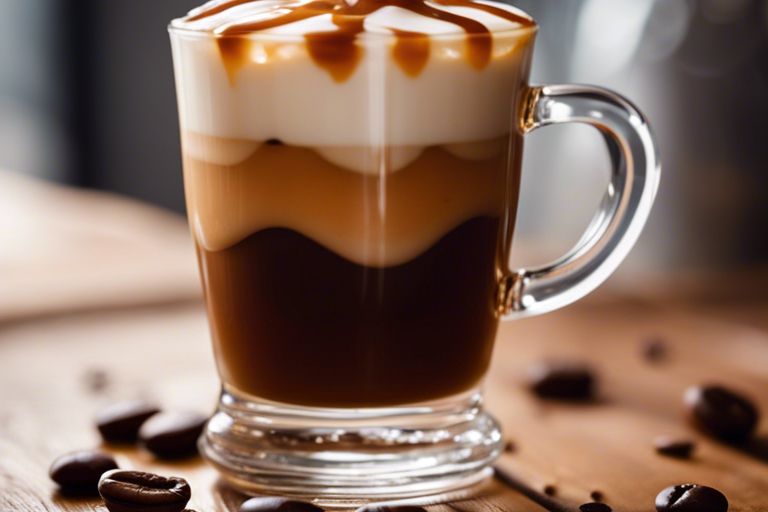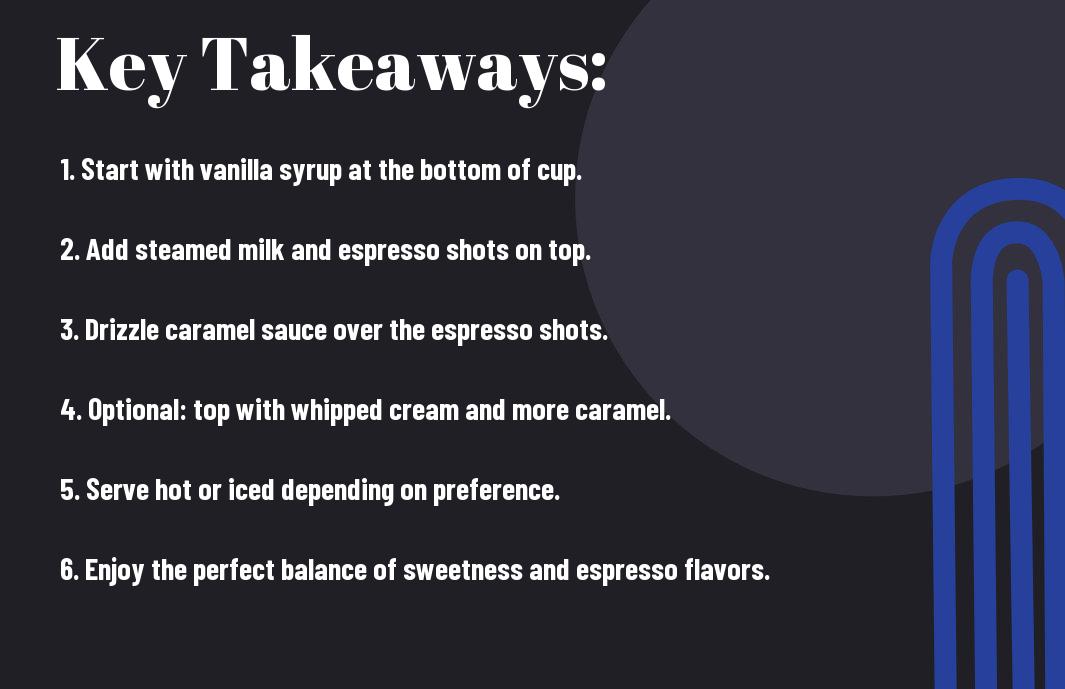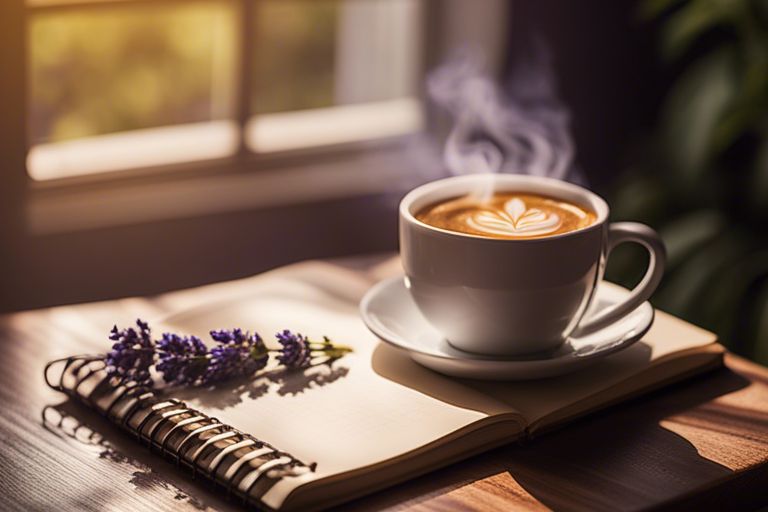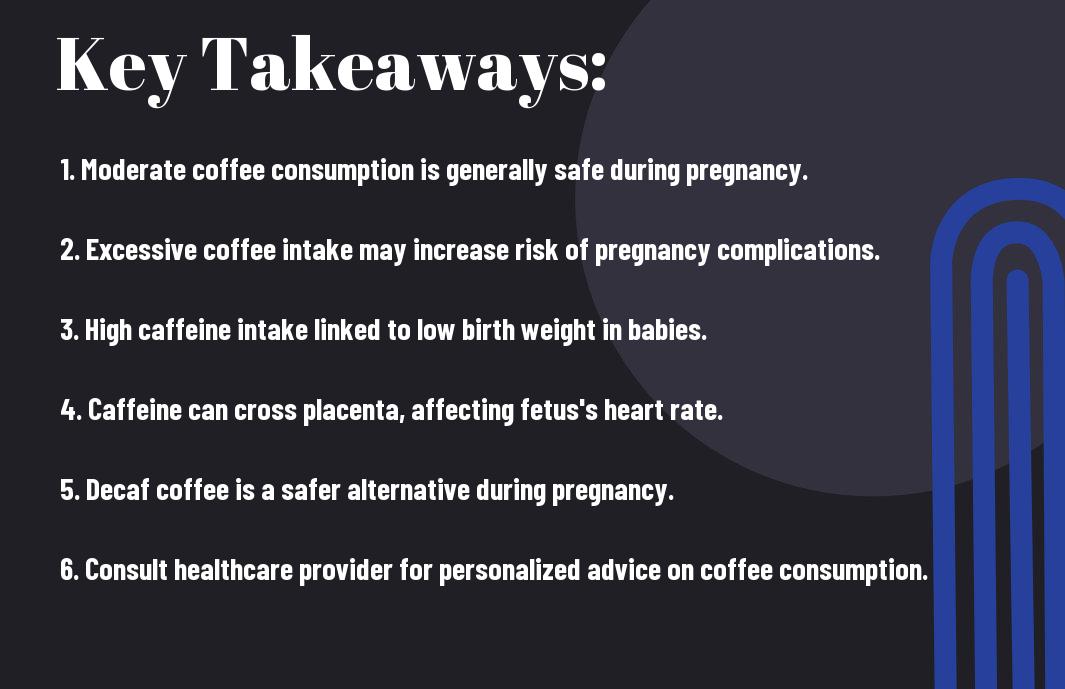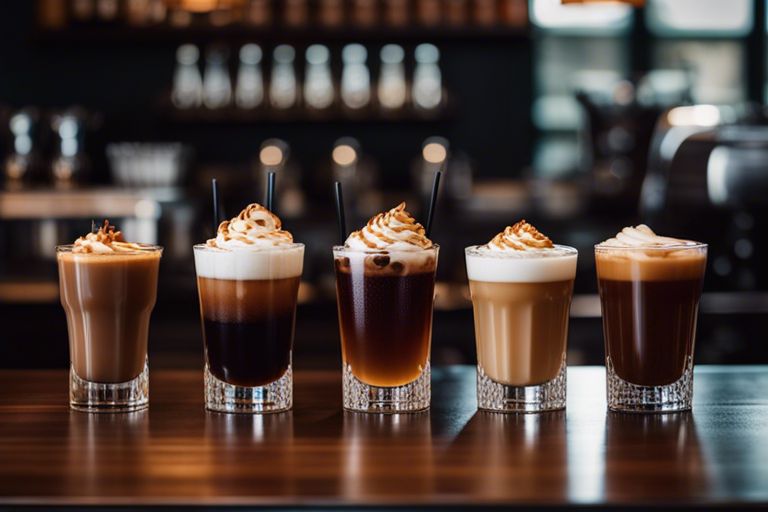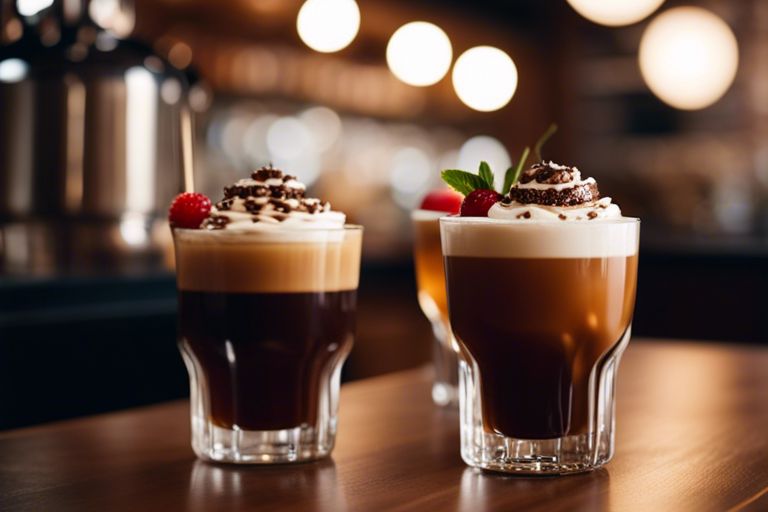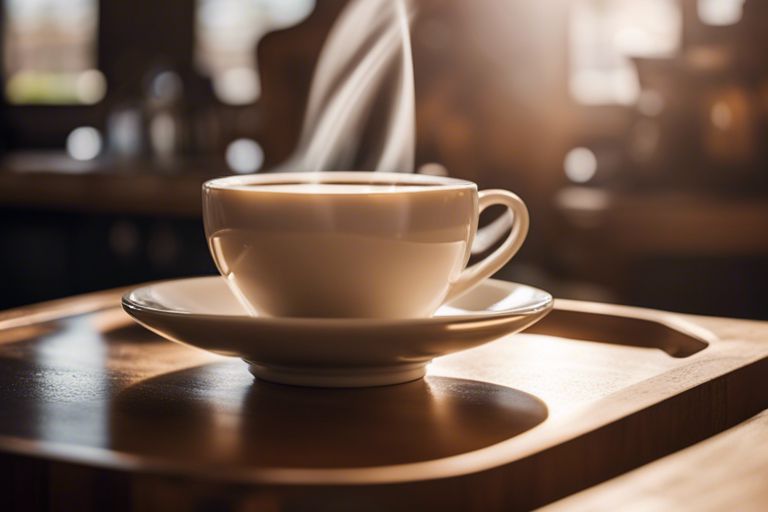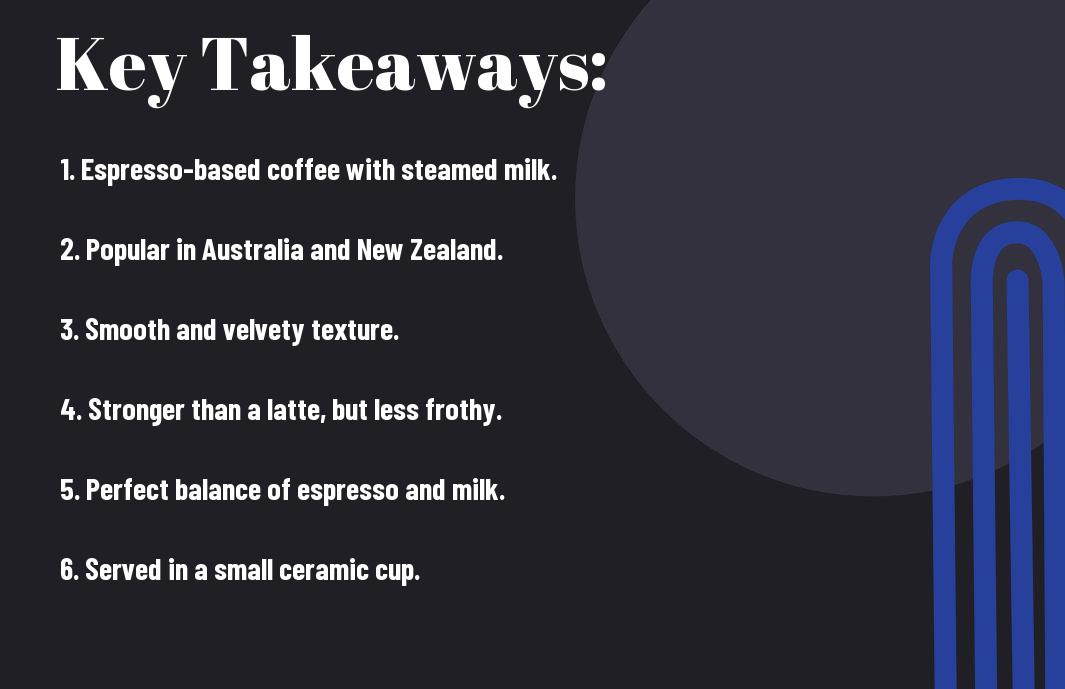With the morning sun filtering through the kitchen window, many of us rely on a trusty coffee pot or a coffee maker to kick start our day. But have you ever wondered what sets these two caffeine companions apart? In this enlightening piece, we investigate into the nuances of coffee pots versus coffee makers, exploring their functionalities and debunking the mystery behind these kitchen necessities. For a deeper explore the world of coffee makers, you can also check out Stuff versus Stuff: Battle of the coffee makers. So grab your favorite mug and let’s sip on some knowledge as we unravel the secrets of brewing the perfect cup of joe.
Key Takeaways:
- Coffee pot: Refers to the vessel used to store and serve brewed coffee.
- Coffee maker: Refers to the appliance that brews the coffee.
- Function: The coffee pot is for serving, while the coffee maker is for brewing.
In the grand scheme of caffeinated beverages, knowing the distinction between a coffee pot and a coffee maker can save you from pouring your morning brew into the wrong vessel and starting your day on the wrong foot.
Defining the Terms
What is a Coffee Pot?
To understand the difference between a coffee pot and a coffee maker, it’s imperative to first define what a coffee pot is. A coffee pot, also known as a coffee carafe, is a simple container used for brewing and serving coffee. This vessel is usually made of glass or thermal stainless steel and comes in various sizes to accommodate different brewing capacities.
While a coffee pot is primarily used for serving brewed coffee, it does not have the ability to brew the coffee itself. Instead, it relies on a separate coffee maker to prepare the coffee before transferring it to the pot for serving.
What is a Coffee Maker?
MakerTo differentiate it from a coffee pot, a coffee maker refers to the appliance responsible for brewing the coffee. This machine automates the brewing process, allowing users to add water and coffee grounds, select their desired settings, and let the machine handle the rest. Coffee makers come in various types, such as drip coffee makers, espresso machines, French presses, and single-serve pod machines.
The coffee maker’s functionality extends beyond brewing coffee, as some advanced models include features like programmable timers, adjustable brewing strength, and built-in grinders for freshly ground beans. With the ability to customize the brewing process, coffee makers offer convenience and versatility for coffee lovers seeking the perfect cup.
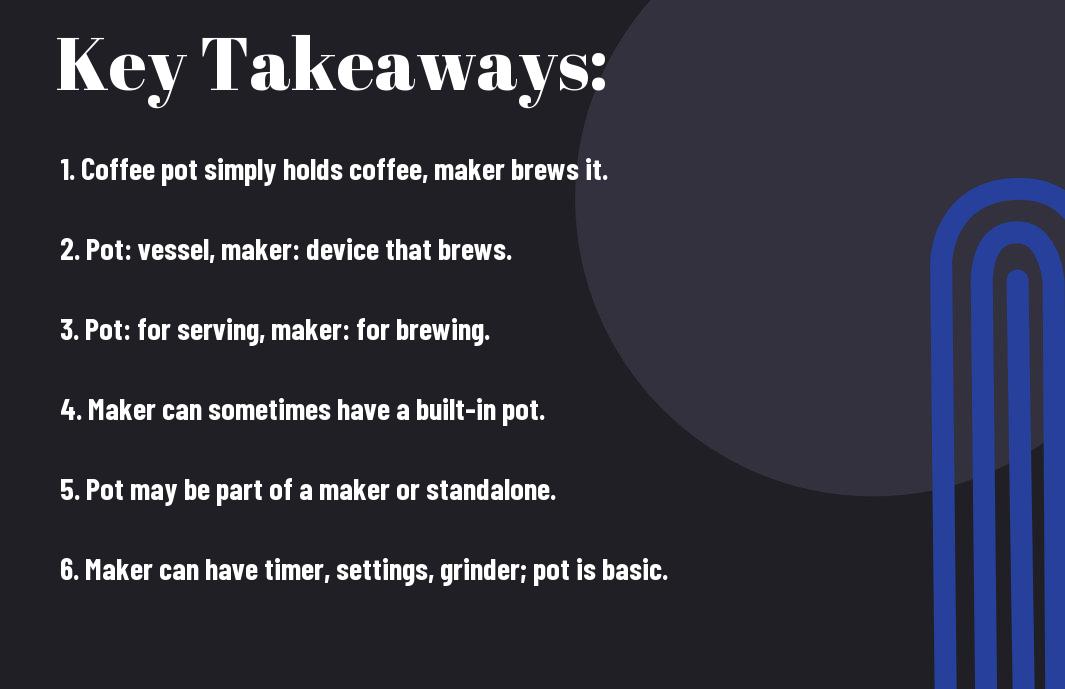
Design and Functionality
Coffee Pot Design: Aesthetics and Simplicity
Coffee is a beloved beverage that starts the day for many individuals, and the vessel from which it is poured can make a significant impact on the overall experience. Coffee pots, often associated with traditional drip coffee makers, have a classic and timeless design. They are simple in structure, usually comprising a glass or thermal carafe, a brew basket, and a heating element. This simplicity appeals to those who prefer a no-fuss approach to making their morning brew. If you’re curious about the differences between espresso machines and regular coffee makers, you may find interesting insights in the Espresso vs Normal Machine? : r/Coffee.
Coffee Maker Design: Complexity and Features
Aesthetics aside, coffee makers boast a more complex design with a myriad of features aimed at enhancing the brewing process. From programmable timers to adjustable brew strength settings, these machines offer a level of customization that suits the diverse preferences of coffee enthusiasts. Additionally, modern coffee makers often come with built-in grinders, frothing wands for lattes, and even connectivity for remote operation via smartphone apps. The design of coffee makers reflects a push towards innovation and convenience in home brewing.
Moreover, coffee makers vary in size and shape, catering to different kitchen aesthetics and space requirements. Some models prioritize sleek, compact designs ideal for small countertops, while others feature a bulkier build to accommodate larger reservoirs and additional functionalities. The diversity in design allows consumers to select a coffee maker that not only brews a delicious cup of joe but also complements their overall kitchen decor.
How They Differ in Functionality
An crucial aspect of understanding the disparity between a coffee pot and a coffee maker lies in their functionality. While both devices serve the primary purpose of brewing coffee, they differ in the brewing method and versatility they offer to users. Coffee pots, often synonymous with drip coffee makers, excel at producing multiple cups of coffee at once in a straightforward manner. On the other hand, coffee makers, with their advanced features and brewing options, cater to a broader range of tastes and preferences, allowing users to experiment with different coffee styles and strengths.
Design, whether in the form of a traditional coffee pot or a modern coffee maker, plays a crucial role in shaping the coffee drinking experience. While coffee pots emphasize simplicity and nostalgia, coffee makers embody innovation and customization, offering coffee lovers a spectrum of choices to suit their brewing needs.
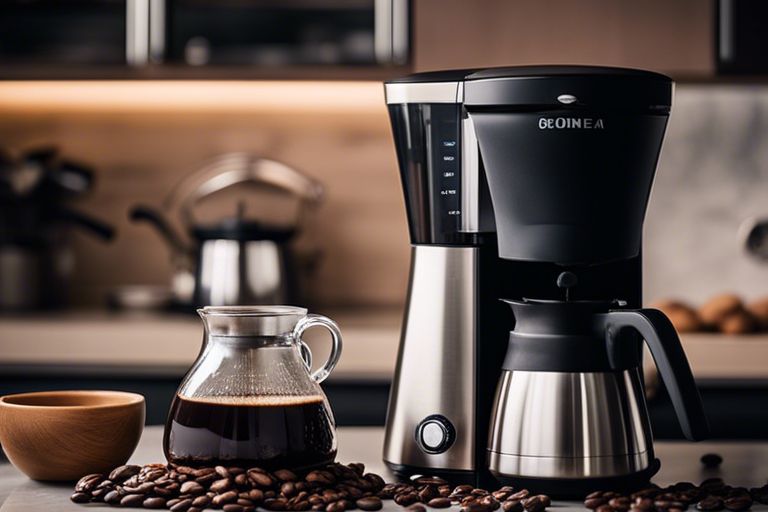
Brewing Methods
Coffee Pot Brewing: The Basics
Any coffee lover knows that brewing a pot of coffee is a classic and straightforward method. To make coffee in a coffee pot, you simply add ground coffee to the filter, pour water into the reservoir, and let the machine do the rest. The water heats up and drips through the grounds, creating a full-bodied brew that can be kept warm for hours.
Coffee Maker Brewing: Variety and Control
Brewing coffee in a coffee maker offers a wide range of options and control over the brewing process. From programmable settings to adjust the strength of your coffee to using different brewing techniques like pour-over or cold brew, coffee makers provide versatility in creating the perfect cup. Whether you prefer a strong espresso-like shot or a milder brew, a coffee maker allows you to tailor your coffee to your taste preferences.
Basics: Coffee makers also come with features like timers, temperature control, and the ability to brew different serving sizes, giving you more customization options for your daily coffee routine.
The Pros and Cons of Each Method
An overview of the pros and cons of brewing coffee with a coffee pot versus a coffee maker is shown in the table below:
| Coffee Pot | Coffee Maker |
| Pros: Simple and easy to use | Pros: Offers versatility and control over brewing |
| Cons: Limited brewing options | Cons: May be more expensive than coffee pots |
Plus, coffee makers often come with additional features such as built-in grinders, milk frothers, and the ability to brew specialty drinks like lattes and cappuccinos, making them a popular choice for coffee enthusiasts looking for a more advanced brewing experience.
Capacity and Size
Coffee Pot Capacity: Small but Mighty
One of the key differences between a coffee pot and a coffee maker lies in their capacity. Coffee pots, also known as coffee carafes, are typically designed to hold a smaller volume of coffee compared to coffee makers. Despite their smaller size, coffee pots are mighty in their ability to keep coffee hot and fresh for a longer period.
Coffee Maker Capacity: From Single-Serve to Large Batches
Capacity is a crucial factor to consider when choosing between a coffee pot and a coffee maker. Coffee makers come in a variety of sizes, catering to different needs and preferences. From single-serve machines ideal for individuals to large brewing systems suitable for brewing multiple cups at once, coffee makers offer versatility in capacity.
This variety in capacity allows coffee makers to accommodate different occasions and coffee consumption habits. Whether you’re brewing a quick cup for yourself in the morning or preparing a large batch for guests, there’s a coffee maker size to suit your needs.
Choosing the Right Size for Your Needs
Coffee lovers understand the importance of choosing the right size coffee pot or coffee maker to fit their individual preferences. Factors such as the number of people you typically brew coffee for, how much coffee you consume in one sitting, and the space available in your kitchen all play a role in determining the ideal size for your needs.
Size matters when it comes to coffee brewing equipment, as it can influence the convenience and efficiency of your daily coffee rituals. Whether you opt for a compact coffee pot or a large-capacity coffee maker, selecting the right size ensures that you can enjoy your favorite brew hassle-free.
Maintenance and Cleaning
Coffee Pot Maintenance: Easy Peasy
For the coffee pot, maintenance is a breeze. Simply wash it with warm, soapy water after each use to prevent any buildup of old coffee residue. Some coffee pots are dishwasher safe, making the cleaning process even easier. Remember to handle the glass pot with care to avoid any accidental breakage.
Coffee Maker Maintenance: A Bit More Involved
More intricate than the coffee pot, a coffee maker requires a bit more attention when it comes to maintenance. Regular descaling is crucial to prevent mineral buildup, which can affect the machine’s performance and the taste of your coffee. To descale, mix equal parts water and vinegar, pour it into the water reservoir, and run a brewing cycle. Repeat with plain water to rinse thoroughly.
Involved in coffee maker maintenance is also the cleaning of the carafe, filter basket, and other detachable parts. These pieces should be washed with warm, soapy water regularly to remove oils and residues that can impact the flavor of your coffee.
Tips for Keeping Your Coffee Equipment Clean
Cleaning:
- Use filtered water to prevent mineral buildup in your coffee equipment.
- Wipe down the external surfaces of your coffee maker regularly to keep it looking shiny and new.
Knowing these simple tips will help extend the life of your coffee-making equipment and ensure that every cup of coffee tastes fresh and delicious.
Your morning coffee routine will be all the more enjoyable when you take the time to clean and maintain your coffee pot and coffee maker properly. By following these simple steps, you can prolong the life of your equipment and savor every sip of that perfect brew.
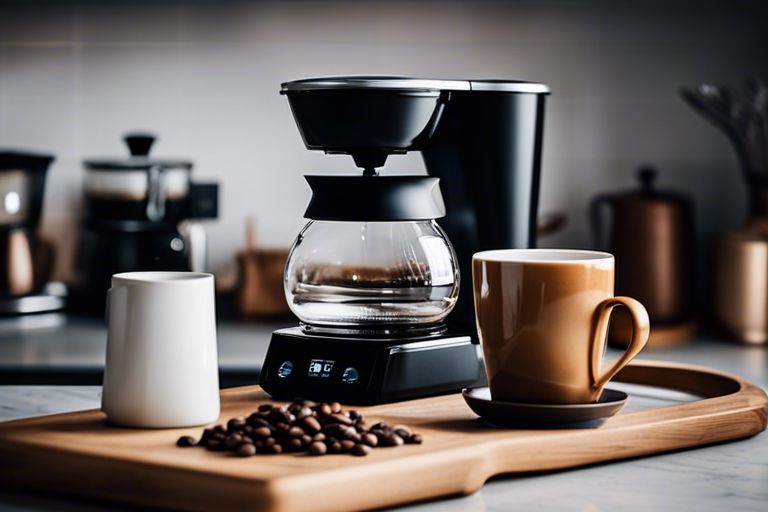
Price and Value
Not What is the difference between a coffee maker and a coffee machine? Let’s examine into the price and value differences between a coffee pot and a coffee maker.
Coffee Pot Prices: Affordable and Accessible
The affordability and accessibility of coffee pots make them a popular choice for many households. You can find basic coffee pots at budget-friendly prices, making them an attractive option for those looking for a simple brewing solution.
Coffee Maker Prices: A Range of Options
The prices of coffee makers vary depending on the features and functionalities they offer. From single-serve pod machines to high-end espresso makers, there is a wide range of options available to suit different preferences and budgets.
Price
When considering the price of a coffee maker, it’s crucial to factor in not just the upfront cost but also the long-term value it provides. Some higher-priced coffee makers may offer more advanced brewing capabilities, durability, and convenience, which can justify the initial investment.
Getting the Best Value for Your Money
The key to getting the best value for your money when purchasing a coffee maker is to assess your specific needs and preferences. Consider factors such as the brewing capacity, brewing options, ease of use, and maintenance requirements to determine which coffee maker offers the most value for you.
Best
Ultimately, whether you opt for a coffee pot or a coffee maker, the best choice is one that aligns with your lifestyle and brewing habits while providing a delightful cup of coffee every time.
Conclusion
So, in conclusion, while the terms “coffee pot” and “coffee maker” are sometimes used interchangeably, there is actually a clear distinction between the two. A coffee pot is simply a vessel used to hold and serve coffee, while a coffee maker is a machine that brews the coffee. Understanding this difference can help you choose the right equipment for your coffee needs and maybe even impress your friends with your newfound coffee knowledge!
FAQ
Q: What is the difference between a coffee pot and a coffee maker?
A: Ah, the age-old question! A coffee pot is simply a vessel used for brewing and serving coffee, while a coffee maker refers to a machine that automates the brewing process. Think of the coffee pot as the humble artisan, and the coffee maker as the tech-savvy barista.
Q: Can I make coffee without a coffee maker?
A: Absolutely! All you need is a trusty coffee pot, some hot water, and your favorite ground coffee. Simply pour the hot water over the coffee grounds in the pot, let it steep for a few minutes, and voila, you have yourself a delicious cup of joe!
Q: What are the advantages of using a coffee maker over a coffee pot?
A: Ah, the convenience of modern technology! A coffee maker allows you to set your preferred brewing time, keep your coffee warm for longer periods, and some models even have fancy features like programmable settings and built-in grinders. It’s like having a personal barista in your own kitchen!
Q: Are there any drawbacks to using a coffee maker instead of a coffee pot?
A: While coffee makers offer convenience, some may argue that they lack the artisanal touch of brewing coffee manually in a pot. Additionally, coffee makers can be more expensive upfront and require regular cleaning and maintenance to keep them in top condition.
Q: Which is better for me, a coffee pot or a coffee maker?
A: Well, my friend, that depends on your coffee preferences and lifestyle. If you enjoy the process of brewing coffee manually and don’t mind a bit of extra work, a coffee pot may be your best bet. On the other hand, if you value convenience and consistency, a coffee maker could be the perfect addition to your morning routine. The choice is yours!
